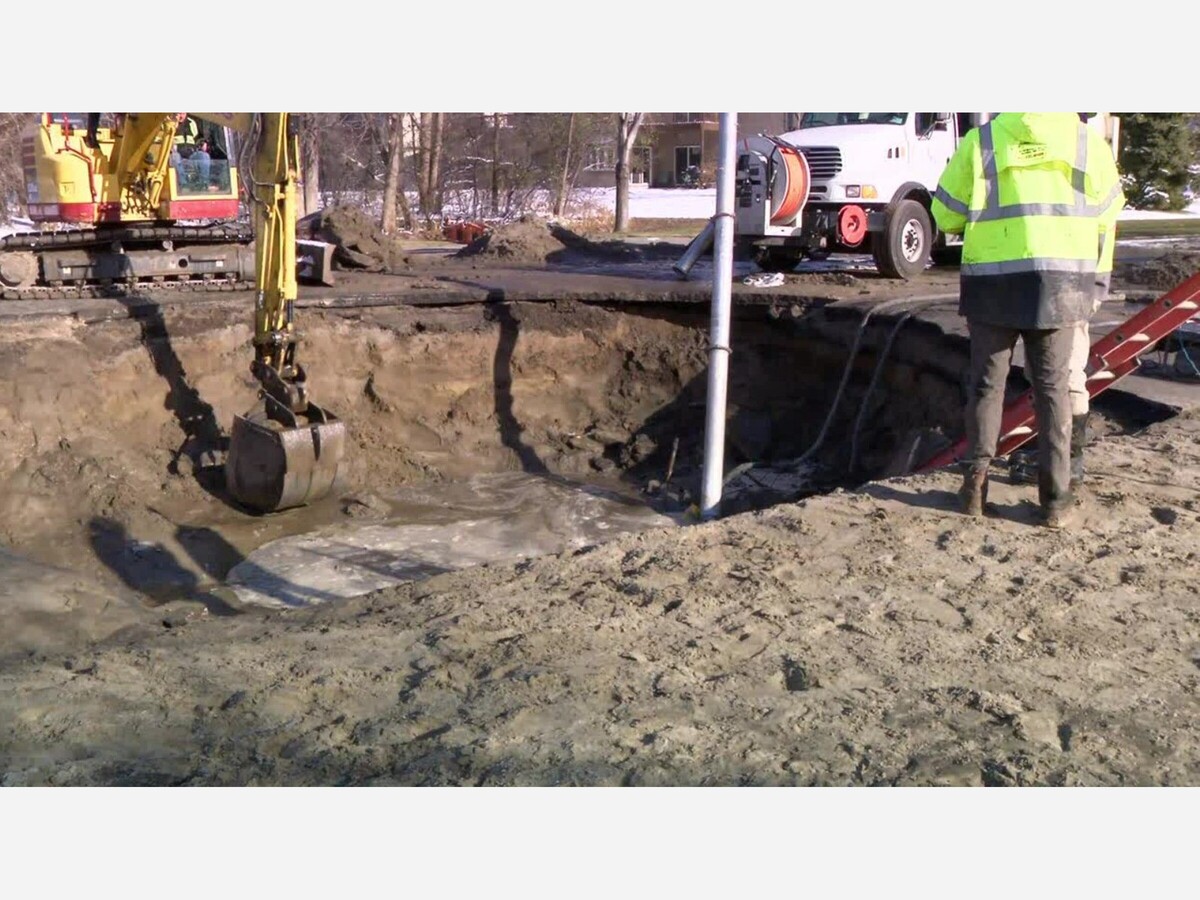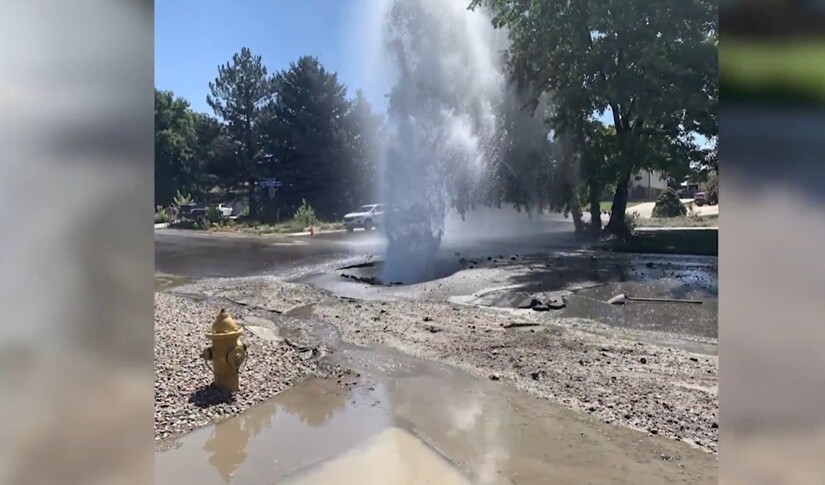Image


COON RAPIDS, Minn. — Two water-main ruptures struck the northern Minneapolis suburb of Coon Rapids early Thursday, carving out a large sinkhole, shutting down a busy stretch of 121st Avenue Northwest, and leaving several businesses without running water on Thanksgiving Day.
The first and most severe break occurred around 5 a.m., when a 12-inch water main ruptured near the intersection of 121st Avenue Northwest and Hanson Boulevard. The sudden burst of water washed away the sandy soil beneath the roadway, causing the pavement to buckle and collapse. Wet sand fanned across the street and into a nearby parking lot as crews from the Coon Rapids Utilities Division were called in before dawn.
“It was a 5 a.m. wake-up call for us,” said Utilities Superintendent Daniel Heinzmann, noting that the city typically responds to 20 to 30 water-main breaks each year. “When it’s the worst time, it typically happens — so Thanksgiving, a perfect time. But everybody will get their turkey in, I’m sure.”
The break cut water service to several nearby businesses, including a gas station and Doge Pizza & Grill, which elected to stay open for the holiday.
Owner Saleh Ali said he arrived at 10 a.m. to discover the shutoff.
“I came in the store at 10:00 in the morning, and I see the water is closed. I didn’t know what happened,” he said.
Dough prepped the night before allowed him to stay open, but bottled water became essential for other tasks. Ali laughed at the inconvenience — “Yeah, what can you do?” — but emphasized that his doors remain open every day “for the neighborhood.”

By Thursday afternoon, the exact cause of the ruptures was still under investigation. But Heinzmann pointed to two familiar factors:
Experts note that water-main failures spike in northern states during winter, as ground shifting, thermal contraction, and heavy vehicle loads place uneven pressure on old or brittle pipes.
Coon Rapids faces an added challenge: its sandy soil. Unlike clay, which holds its shape, sand washes away quickly when undermined, allowing voids to form rapidly and significantly worsening damage.
“This is common,” Heinzmann said of the annual breaks. “But in sandy areas, the problem tends to be a lot bigger, a lot quicker.”
Crews began excavating shortly after the initial rupture, but the work proved unpredictable. Around midday, Heinzmann estimated that water service could be restored by Thursday evening. By 6 p.m., city staff revised the estimate, saying full restoration might not occur until 10 p.m.
A second, unrelated water-main break across Hanson Boulevard also required repairs, scheduled for Friday. At least one additional business was affected by that rupture.
City officials warned that traffic disruptions are likely to continue into the weekend as excavation and road restoration proceed.
Thursday’s ruptures reflect a wider challenge facing older suburban and urban water systems across the Upper Midwest. Aging infrastructure — much of it installed decades ago — is increasingly strained by severe weather, fluctuating temperatures, and soil instability.
Industry guidance notes that even modest pressure spikes can break a weakened main, while freeze–thaw cycles can shift pipes out of alignment and cause cracking. In regions like Coon Rapids, where sandy soils accelerate washouts, a single break can quickly evolve into a larger, costlier problem.
For residents and businesses, the inconvenience was immediate and tangible. For engineers and public-works officials, the holiday disruptions served as yet another reminder of the constant, unseen maintenance required to keep a city’s water system functioning — especially in the coldest months of the year.